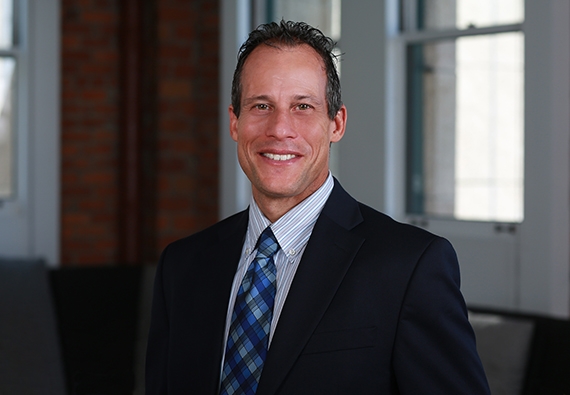Hidden Liability Traps in Real Estate Loans
Borrowers and their constituents generally benefit from certain limitations on personal liability for indebtedness secured by California real property. California’s one action and anti-deficiency rules require a lender faced with a borrower default to proceed against the real estate first and prohibit a deficiency judgment following a nonjudicial foreclosure or in the case of a purchase money loan. In addition, various corporate forms generally provide principals and employees with comfort that they will not be personally liable for an entity’s debts. A recent California appellate court decision, however, delivered a sobering reminder that, despite these protections, even the well-intentioned may face unexpected (and involuntary) liability.
In Fait v. New Faze Development, Inc., 207 Cal. App. 4th 284 (2012), the appellate court considered whether a borrower corporation, its sole owner and certain of its key employees could be held liable to a foreclosing purchase money lender for a deficiency relating to nonpayment of a loan where the borrower demolished a building prior to securing construction financing for the redevelopment. The trial court had granted summary judgment in favor of the defendants with respect to all claims. The appellate court reversed, holding that there were triable issues of fact as to whether the borrower, as well as its representatives, could be held liable to its purchase money lender for “bad faith” waste.
The court relied, in part, on the California Supreme Court’s decision in Cornelison v. Kornbluth¸15 Cal.3d 590 (1975), holding that the anti-deficiency rules (i.e., California statutory rules barring a deficiency judgment following a nonjudicial foreclosure or in the case of a purchase money loan) would not bar recovery against the borrower where the borrower has committed “bad faith” waste as opposed to waste resulting from “the depressed condition of the general real estate market.” In ruling that the borrowers (and its owners and representatives) could be liable, the Fait court adopted a more expansive interpretation of “bad faith” waste, stating that “‘bad faith’ waste . . . is any waste that is not the result of economic pressures of a market depression” and noting that it did not require a showing of reckless, intentional or malicious conduct. The court found that the developer’s decision to demolish the building before it had the financial means to complete development or repay the promissory note was not comparable to a mere decline in property value due to market forces.
Notably, the Fait court also reversed summary judgment with respect to the claims against the corporation’s sole owner and its officers responsible for the demolition—even though they neither co-signed nor guaranteed the loan – holding that claims for the torts of intentional impairment of security and negligent impairment of security could proceed because the defendants failed to meet the heightened evidentiary burden for summary judgment. While the court did not elaborate on what constitutes intentional or negligent impairment of security, it clarified that “intent to harm” is not a required element of the claim of intentional impairment of security, and noted that the developer and its employees could be liable even if they demolished the building based on a good faith belief that the property could be developed. Left unanswered was a more troubling question: exactly what is the scope of duty owed by real estate professionals to secured lenders?
The Fait case also may affect the interpretation and negotiation of “non-recourse” guaranties. Many commercial loan transactions contain provisions that make the loan generally non-recourse as to the borrower or its guarantors, subject to certain “carve-outs.” One of the most common carve-outs is for waste. The Fait court’s broad standard of bad faith waste means that, where a guaranty lists waste as a potential source of guarantor liability, the lender is not required to show malicious intent, and any waste that is not due strictly to a general downturn in market conditions may trigger liability. Attempts by guarantors to negotiate for a “bad faith” qualifier to the waste exception may not result in increased protection.
The Fait case serves as an important reminder to real estate professionals that the risk of personal liability to lenders for property damage should not be taken lightly. Borrowers can minimize the risk of personal liability for themselves and their constituents by taking reasonable steps to avoid waste (including by ensuring that revenues generated by the property are applied to operating expenses before distributions are made to investors), and not undertaking major projects without the lender’s consent, especially where there are no assurances of adequate funding to finish the job.
If you have questions about potential liability arising from the operation, development or ownership of real property, please contact the article authors Gary Kaplan at [email protected] / 415.954.4940 and Brett Greenberg at [email protected] / 415.954.4425 or a Farella Braun + Martel LLP attorney in the real estate, insolvency or business transactions practice groups.

